3-Fluorobenzoyl chloride(CAS# 1711-07-5)
Risk and Safety
| Hazard Symbols | C – Corrosive |
| Risk Codes | R34 – Causes burns R37 – Irritating to the respiratory system R36/37 – Irritating to eyes and respiratory system. R14 – Reacts violently with water |
| Safety Description | S26 – In case of contact with eyes, rinse immediately with plenty of water and seek medical advice. S36/37/39 – Wear suitable protective clothing, gloves and eye/face protection. S45 – In case of accident or if you feel unwell, seek medical advice immediately (show the label whenever possible.) S28A - S27 – Take off immediately all contaminated clothing. |
| UN IDs | UN 3265 8/PG 2 |
| WGK Germany | 3 |
| FLUKA BRAND F CODES | 19 |
| TSCA | T |
| HS Code | 29163900 |
| Hazard Note | Corrosive/Lachrymatory |
| Hazard Class | 8 |
| Packing Group | II |
3-Fluorobenzoyl chloride(CAS# 1711-07-5) introduction
M-fluorobenzoyl chloride (also known as 2-fluorobenzoyl chloride) is an organic compound. The following is a detailed introduction to the properties, uses, preparation methods and safety information of this compound.
Quality:
M-fluorobenzoyl chloride is a colorless to pale yellow liquid that has a spicy and pungent odor at room temperature. It is insoluble in water, but it can be miscible with some organic solvents such as ethers, ketones, alcohols, etc.
Uses: It can be used in the preparation of aromatic ketones (e.g., formyl chloride) and amides (e.g., formylchloramine). It can also be used as an important intermediate in the field of pesticides and dyes.
Method:
The preparation method of m-fluorobenzoyl chloride is generally through the reaction of m-fluorobenzoic acid with anhydrous thionyl chloride. The reaction process needs to be carried out in an inert atmosphere and at low temperatures. At the end of the reaction, the final product can be obtained by treatment with water and an acidic solution.
Safety Information:
M-fluorobenzoyl chloride is an irritating compound that can cause irritation and burns when in contact with the skin and eyes. Appropriate personal protective equipment such as gloves, goggles, and protective clothing should be worn during operation. The compound should be stored properly, avoid contact with substances such as oxidants and strong alkalis, and avoid ignition and high temperatures.


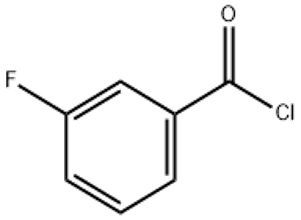
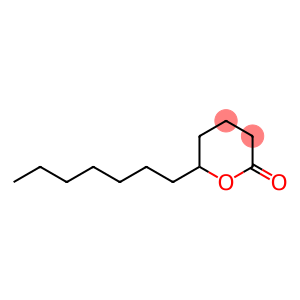
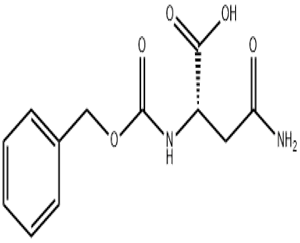
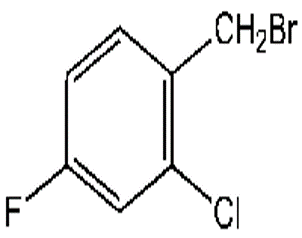
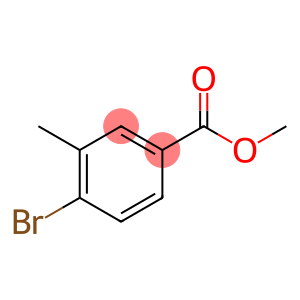
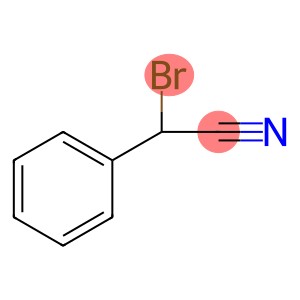
![2,2,6,6,7,8,8-heptamethyl-decahydro-2H-indeno[4,5-b]furan(CAS#476332-65-7)](https://www.xinchem.com/uploads/heptamethyl-decahydro-2H-indeno2.jpg)